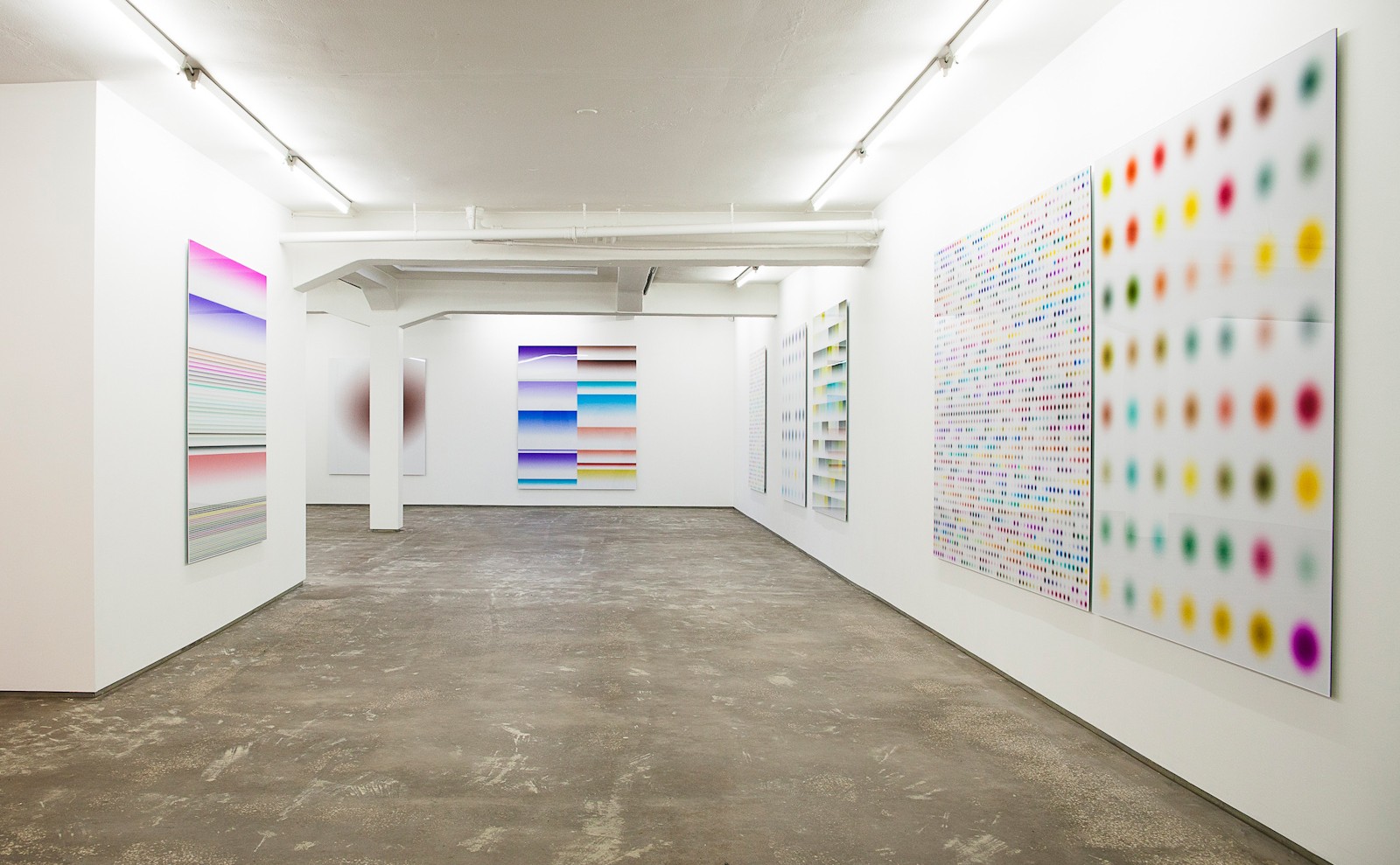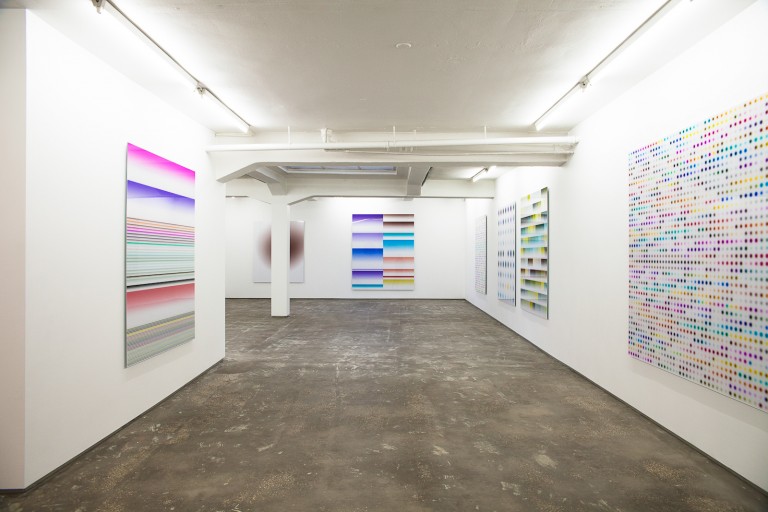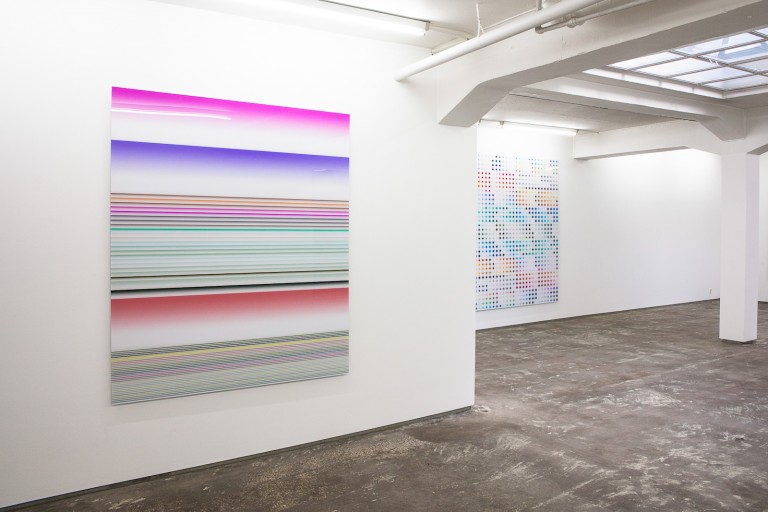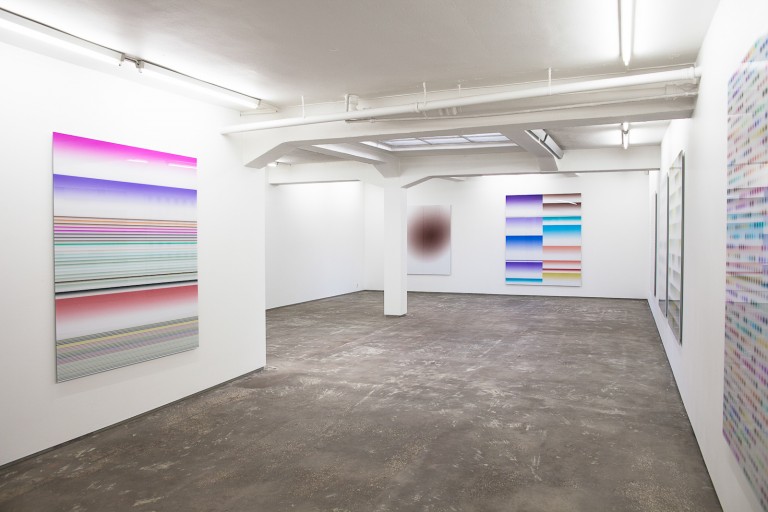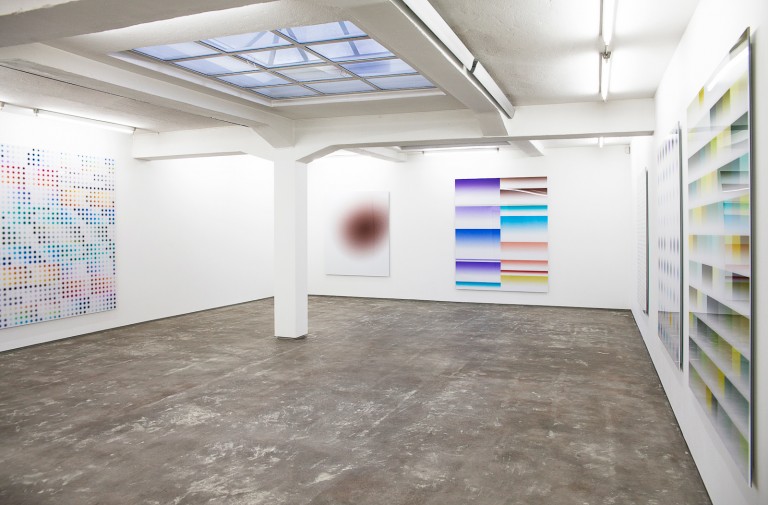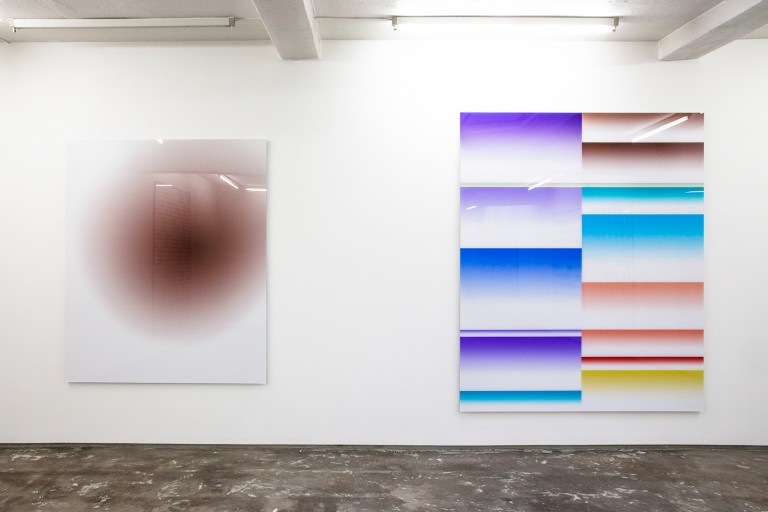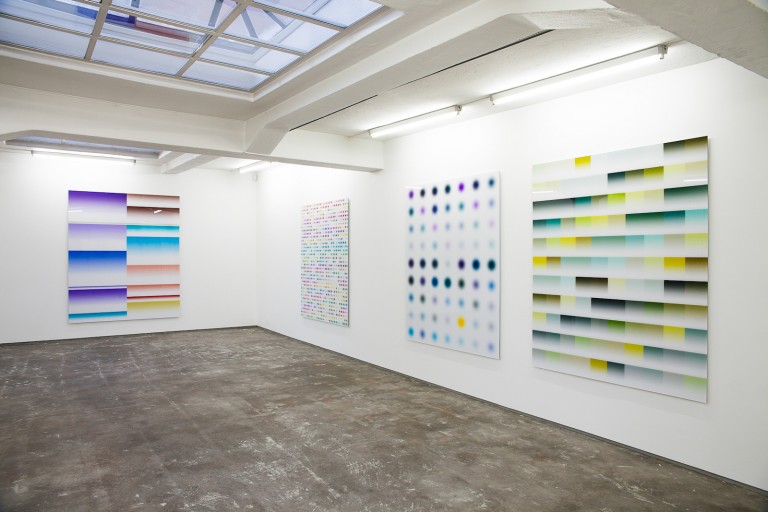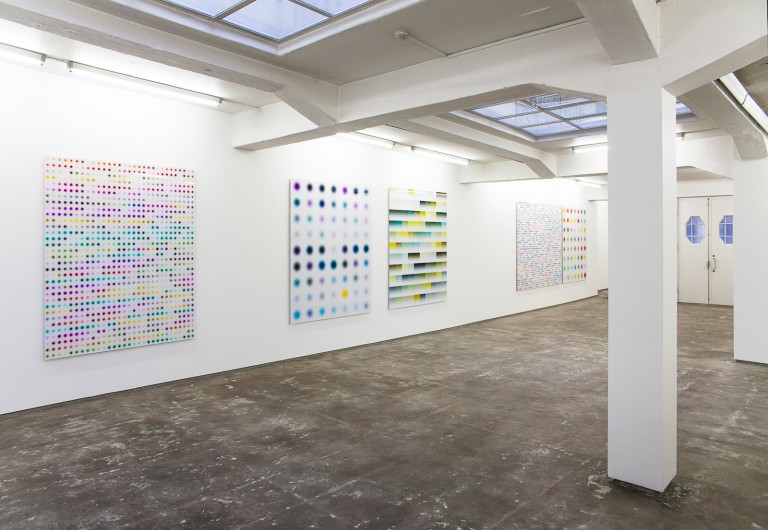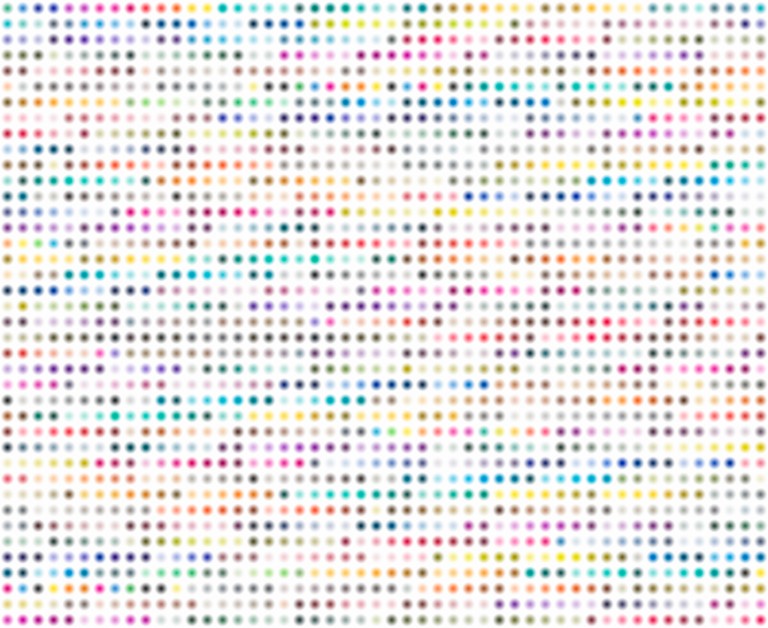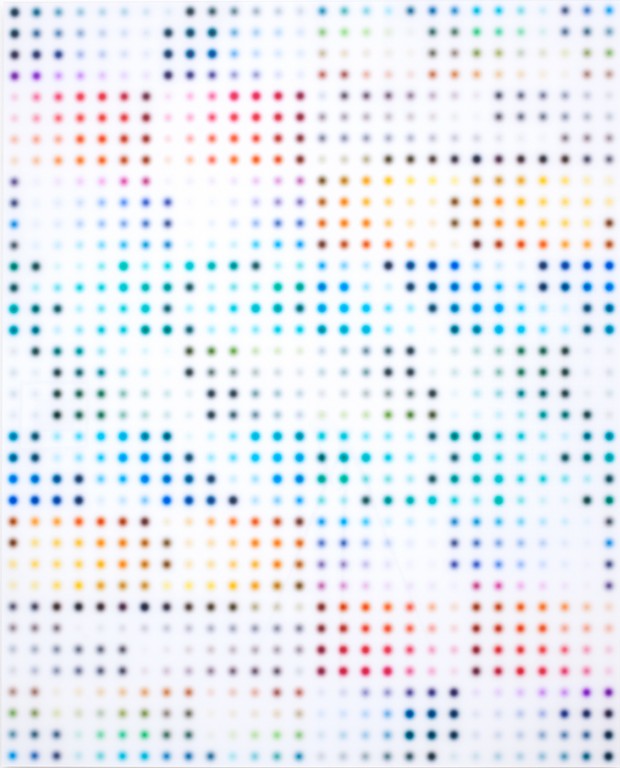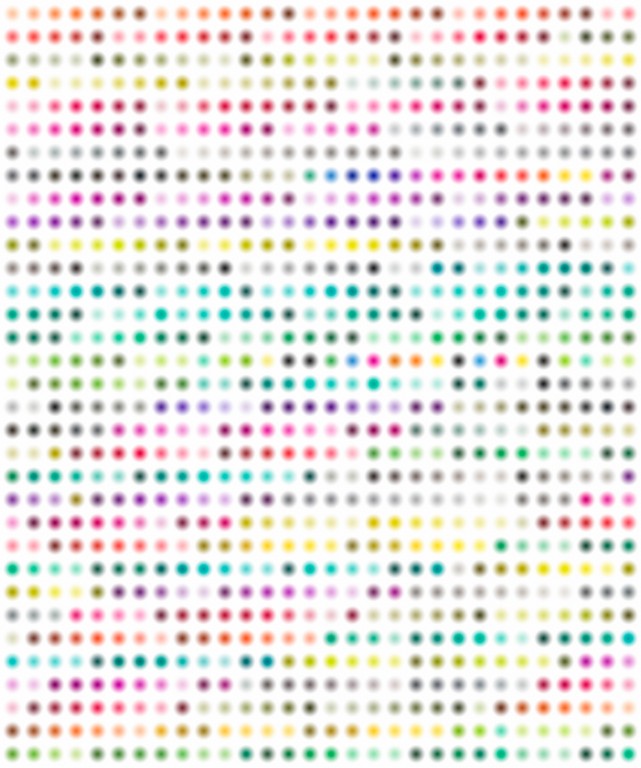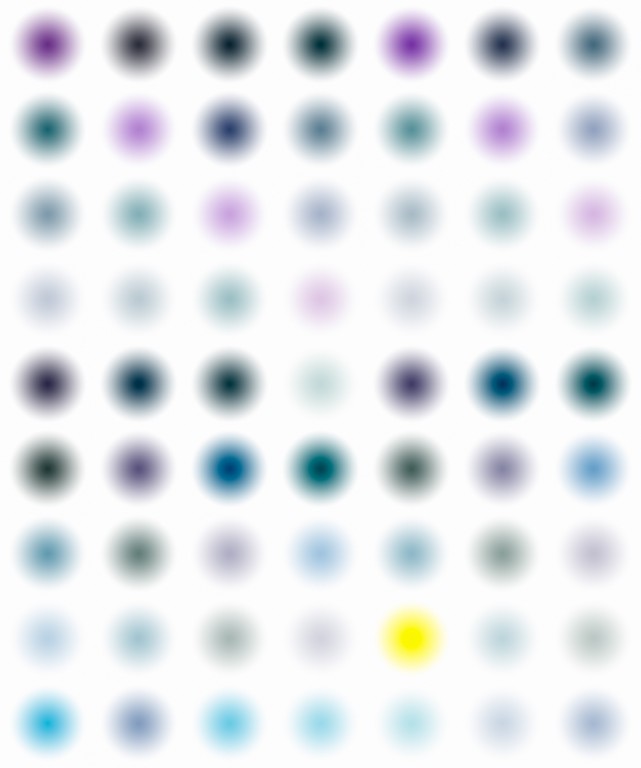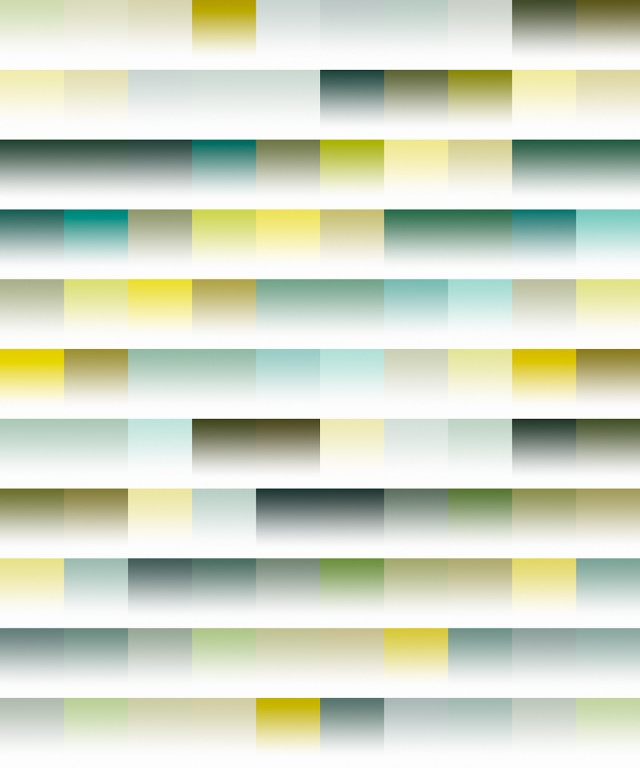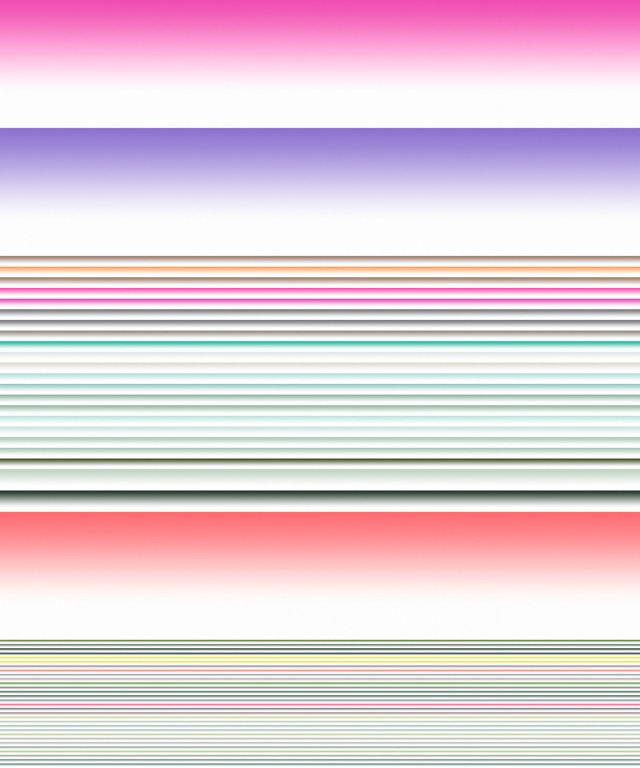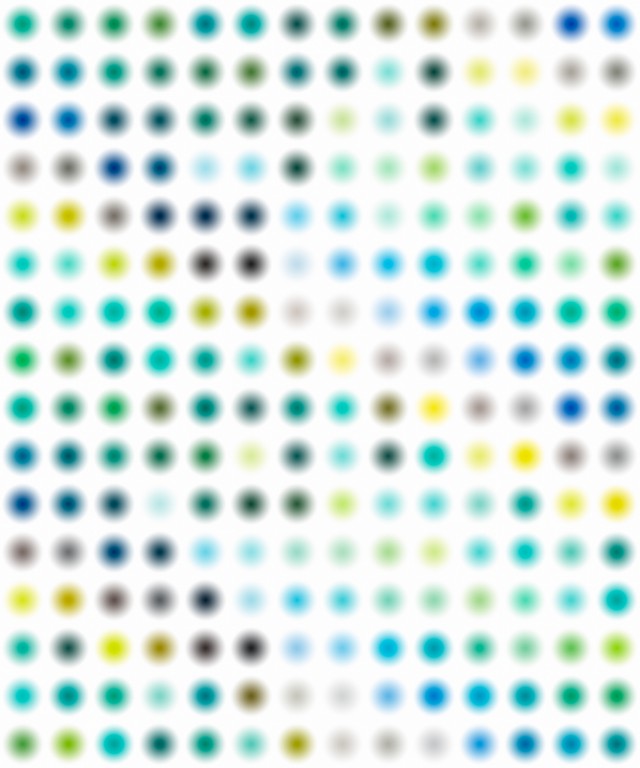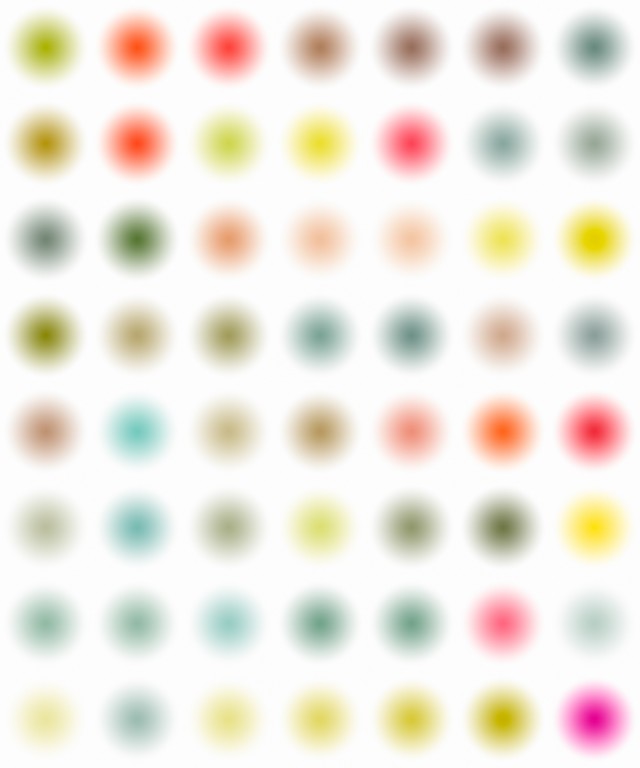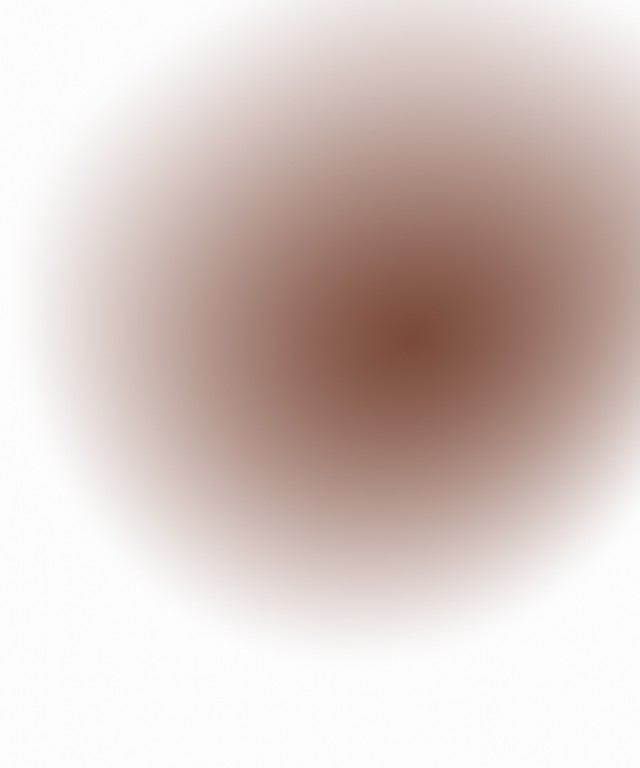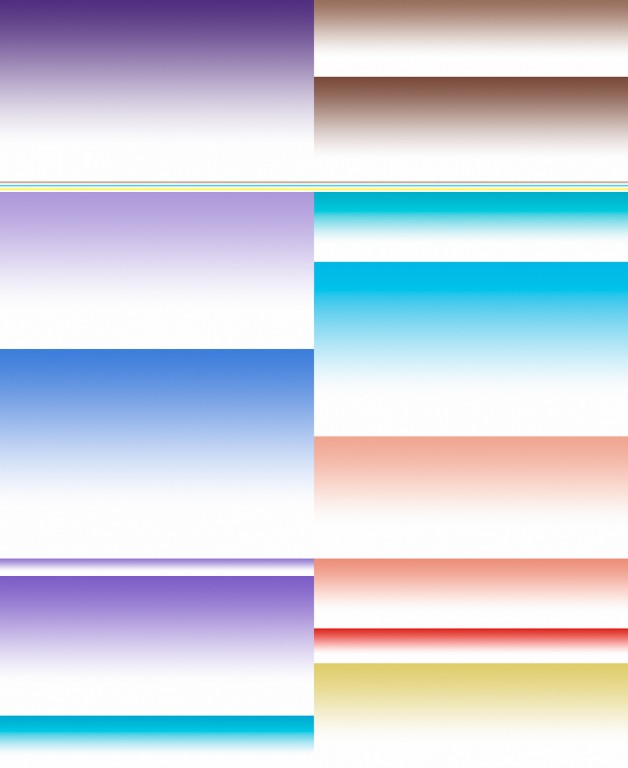Press Release
OSLcontemporary is proud to present the exhibition Color Noise, with new works by Mads Gamdrup. The gallery will show 10 photographic works in formats of 150 x 180 cm and 180 x 220 cm.
For many years, Mads Gamdrup worked with analogue landscape photography, but since 2005, he has abandoned figuration and experimented with the medium's technical potential and the abstract materiality of the motif, -color and light. Inspired by scientific theories on the metaphysics of color, Gamdrup has collected over 5000 color samples from the " waste material", so called "color noise", that gets left over during digital scanning of analog negatives. The material in his noise-series is as such, distilled essences with reference in the original subject matter, that through a meticulous development process are re-constituted in grid-based abstract landscapes. The color is the protagonist, presented in a scale from pure color to pure light in optically diffused figures - tricking the eye to register the photographs as flickering, virtually pulsating, objects.
Newton laid the foundations for modern color theory through his experiments in the 1660s, which demonstrated the spectral color's origin in white light. His studies established an understanding of complementary colors and the notion that color presence relates proportionally to the intensity of light. In 1810 Goethe challenged Newton's mechanical understanding in his Theory of Colors, which explains color as the result of light's struggle against darkness, while Schopenhauer, building on Goethe's work, shifted the focus of color theory from the "external world" to the subjective, psychological and physiological process of perception. This final aspect is central to Gamdrup's work. He is concerned with art as orientation within a social landscape and with photography as a medium where such orientation occurs - through light and color's effect on our senses. Viewing his "color noise", the eye is challenged in the quest for definition and recognition, and the observer's focus is turned towards the process of perception itself. As such, the works may be understood as tangible reminders of the relative and physiologically dependent nature of all human detection, and they facilitate observation of the "experienced subject" rather than the "recognized subject".
Visually and aesthetically Gamdrup's photographs relate to certain formal aspects often associated with abstract painting; experimentation with repetition and the different reciprocal relationships of colors, a singular color's function in the pictorial space, and it's effect in relation to surface and depth. It also seems pertinent to recall Rothko and Klein's color-based orientation towards a physical experience of spiritual character, as well as Turell's investigations in color and light. The dot has its own art historical biography, not least in reference to the photographic raster. In Gamdrup's work, however, the dot is a function of the development process, and is cultivated more as form than symbol. Embracing the technical potential of photography as an explicit vantage point, these works revitalize the question of what is photography, and Gamdrup draws attention to a historical ambivalence between art and technology within the medium, as well as between that represented, the representation and reception.
Mads Gamdrup (f. 1967, Denmark) is educated at The Royal Danish Academy of Fine Arts, Copenhagen (1988 - 97). Sice 2006 he has functioned as professor at the Photo/Printmaking Department, Trondheim Academy of Fine Art. He lives and works in Copenhagen and Trondheim.
Recent solo exhibitions include: Nils Stærk, København; Kunsthallen Brandts, Odense; Christian Larsen, Stockholm; Corcoran Gallery of Art, Washington DC and J.F. Willumsens Museum, Frederikssund.
